THOUGHTS ON OUR STAY IN SVALBARD
Our Last Breakfast
Alan always does things in a big, or at the very least, unconventional way. And he did sport a number of nasty bruises, as well as a blackened eye and a mighty headache after his spectacular backwards fall in icy Longyearbyen the previous day. Looking at him wobbling down to breakfast, I'm was not sure he wasn't a bit concussed either. Thankfully however, it looked like his triangular head wound was clean and sealed, and the hotel linen had not come to any blood-soaked grief. I applied another dressing and re-wound his rather absurd head bandage. The Svalbard doctor was right. It wasn't funny but we had to admit, he did look like a bit Talibanese....
On a still dark morning, we gazed out yet again through icicle-framed windows toward the Svalbard University Centre and its shared museum complex, and over the hinterland to the magnificent Adventfjord. It was our last day in Svalbard, and we agreed that our stay had been everything we expected and perhaps even more, given it is now a surprisingly significant tourist destination.
Remote, wild and still mostly untouched, our stay in a different but extreme polar region only served to reinforce our passion for the extreme Arctic. So often people ask why we travel to the extreme places we do. They cannot understand our passion. And we seem unable able to explain....
The Lovely Adventfjord OR Why are There so Many Fjords in Svalbard and Norway?
"Why are there so many fjords in Svalbard and Norway?" I asked Alan as he mumbled on a piece of eggy toast - about all he could manage that morning. It was of course, asking the bleeding obvious but it had been such a long time since I had studied geography, I had forgotten about some of the more fascinating aspects of Arctic erosion, and resulting geographic formations. I have to say however, that I did know that glaciers are more commonly found in mountainous regions at high latitudes, although come to think of it, we had viewed a number in the high Pakistan Himalayas....
In these days of sensitivity to climate change, you could well believe it is a new phenomenon. In actual fact, there have been up to 50 different Ice Ages over the last 2.6 million years. Yes, it's a bit hard to get your head around the timeframe, when to most of us a mere 50 years is somewhat of a lifetime.... But climate change has been around for a very long time. The cause or causes? Well, that is certainly open to debate. And undeniably, cleaning up our planet is a very good thing....
The last Ice Age affecting the northern seas ended about 11,700 years ago when several times, huge sheets of ice covered Norway and the surrounding seas around Svalbard. These more recent earthly ice sheets allowed passage for animals and humans to cross from one continent to another. And it was also when constant heavy snow resulted in numerous glaciers and other glacial formations.
A glacier is created when ice crystals pack tightly together as layer upon layer of heavy snow builds up, on top of each other. The structure is regarded as a glacier when the ice stays in one place for more than a few years. Such is the weight of a glacier, gravity eventually causes it to move once it is some 25 meters in depth.
The ice of a melting glacier carries with it enormous volumes of stones and gravel which eventually carve out the classic U-shaped glacial valleys.
When many of the glaciers melted at the end of the last Ice Age, the sea levels rose significantly, causing the valleys to fill with water and become the fjords we know of today. Interestingly, fjords are much deeper the further they are inland. The debris pushed down by the glacier is left underwater at the ocean entrance, making the water much shallower than in the main body of the fjord.
Adventfjorden is a 7 km by 4 km wide bay running south-eastward on the west coast of Spitsbergen Island. It is partially frozen over in the winter season - and where we had ridden our electric snowmobiles just days before. Originally known as Klass Billen Bay, the origin of its current name is debatable. Wikipedia suggests that the name may represent a corruption of "Adventure Bay", probably named after the hull whaleship Adventure, which operated in Isfjorden during the 1650's. Wiggo, our bus driver on our tour from a few days before, thought it may have something to do with Christmas and the Advent - the Christian celebration of the Nativity of Christ. I would lean toward the former theory.... After all, it is still referred to in some documents as Adventure Bay.
A WALK TO SVALBARD MUSEUM
Alan was understandably in no mood for walking or sightseeing. But seeing we had most of the day in Svalbard before our late afternoon flight to Tromsø, in Arctic Norway, I decided to re-tread our steps to the Svalbard Museum, and with any luck undertake a walk alongside the Adventfjorden.
For this walk, I spared no thoughts for recklessness. After Alan's dramatic heavy fall the day before, I vowed that I would always wear snow cleats whenever I ventured out into icy conditions. Having to take off my boots cleats and all, may have been an inconvenience, but it certainly was worth the effort. To my astonishment, walking with my cleats was heaven. No longer did I have to worry about ice; these almost-impossible-to-pull-on beasties could take me anywhere without fear of slipping or falling. Interestingly however, there were very few people in Svalbard wearing snow cleats. I think I understood why....
The museum itself was interesting and well set out, with a diverse array of animal and plant exhibits, displays of artifacts relating to the archipelago's whaling, hunting, trapping and mining history, as well as Arctic geography and polar research.
There was however, a lot of lengthy reading display exhibits, most of which were presented in both Norwegian and English. Reading all of the material would have meant days of close examination.
Here is a video of my walk to the museum: https://youtu.be/URODT3JmjrU
Race to the North Pole
A few of the written displays were of particular interest - one being the documentation of Svalbard being used as a "stepping stone" for the famous so-called "Race to the North Pole". The race attracted adventurers from all parts of the world, all armed with bizarre exploration vehicles such as air balloons, submarines and airships (zeppelins). Many died in their attempts - but their tragic stories live on.
The story told of explorers Norwegian Roald Amundsen* and Italian aviator and aeronautical engineer Umberto Nobile** was extraordinary. In short, during the 1920's, Nobile constructed an airship The Norge for Roald Amundsen. On 12th May 1926, Amundsen, Nobile and US financier Lincoln Ellsworth flew The Norge successfully over the North Pole, dropping Norwegian, Italian and US flags as they passed over. Following the trip however, a deal of tension erupted between Amundsen and Nobile, regarding their relative degrees of shared honour. Nobile demanded more credit for the flight's success, whilst Amundsen was apparently highly critical of the construction of The Norge.
The unfortunate conflict lead to another airship journey by Nobile to the North Pole in May 1928. The Italia took off from Ny-Ålesund, Svalbard. It reached its destination, but tragedy struck on the return journey when the airship crashed into the ice. A large-scale international rescue operation began with twenty ships and fourteen aircraft from six different nations taking part. Incredibly, Nobile and his beloved dog Titina, were rescued from the ice along with another seven men. The remaining eight members of the airship team were never found.
Shockingly, the rescue also claimed its victims. Roald Amundsen died when his plane "Latham" crashed on the way from Tromsø, to Svalbard to take place in the search. A tragic ending to the relationship of two great explorers, and a sad finale to this exciting phase of polar exploration.
*A truly extraordinary Norwegian explorer, Amundsen was a key world figure of early 1900's Arctic and Antarctic exploration.
He was the first explorer to transit the mythical Northwest Passage (1903–05), the first to reach the South Pole (1911), arriving just 33 days before UK explorer Robert Scott whose team all perished on the journey, and the first to fly over the North Pole in an airship (1926).
** Interestingly, Nobile always insisted, much to Amundsen's disgust, in taking with him his beloved dog Titina. A rescue terrier he found in Rome, Titina not only was the first dog to fly over the North Pole in 1926, but she also survived the airbus crash in 1928.
Last Trapper in Svalbard - Odd Ivar Ruud
Another exhibit which caught my eye was that of Odd Ivar Ruud. The last of the trappers in Svalbard, he left the archipelago in 1973 when polar bears became a protected species in (then) Spitsbergen.
In 1972, Ruud and his father Fredrik Rubach built a hut in Caribou, a little west of Kinnvika on the coast of the Hinlopen Strait. One of the most remote places in world, it is located just 644 km from the North Pole. From the documents I have found, it appears that the young Ruud lived there alone as a hunter/trapper for most of the time, as there being virtually no reference to his father.
I'm not sure why I even bothered to read the exhibit text but the few lines of one of his last letters were particularly compelling:
"I now know why I am here and not in a city full of people, companies and neon lights. I don't always like myself the way I am when I am with other people. There is something very unnatural about the way I have to control, evaluate and observe myself. There are certain things that are expected of me - I have to be son, a friend, a lover. enemy, brother, a citizen, a soldier... This means nothing here, I am no God out here....."
Gazing at the exhibit, I wondered what sort of lonely blizzarding night he must have spent in his hut to inspire him to write such deeply moving material....
In 1976, Ruud along with co-author A E Maxwell, published a book of his life in Spitsbergen "The Year-Long Day: One Man's Arctic". The book summary under Amazon sounds appealing reading; a key element of his life being his passion for the Arctic.
" ....all these (described) adventurous sides of Ivar’s remarkable Arctic life are told with a rare sense of immediacy that often leaves the reader literally chilled. But there is another side to this vivid narrative, a depth of human feeling that reveals Ivar Ruud as a man with a profound, poetic appreciation and respect for the polar world he comes to accept – even love – on its own harshly beautiful terms. The Year-Long Day is a classic story of survival that enhances the reader’s sense of life itself."
About the Museum
Svalbard Museum was opened in 1979, and up until 2005 was housed in the oldest part of Longyearbyen. Today, it shares its location in the Svalbard Science Centre, alongside the University centre and the Norwegian Polar Institute.
The museum aims to provide a source of knowledge, demonstrating the relationship between nature, culture, landscape, human activity, technology and the environment of the Arctic. The museum also engages in research to interpret how life in Svalbard has adapted and changed throughout its 400 years of human activity in the archipelago. One it its principal aims is to coordinate of the museum collections in Svalbard in one common record, which will facilitate access to all records about the Svalbard archipelago.
About Svalbard University
Svalbard University was established in 1993. Located in Longyearbyen, this Norwegian-state-owned company is the world's northernmost institute of higher education. The university or UNIS, offers high level research-based courses in Bachelor, Master and PhD level Arctic Biology, Arctic Geology, Arctic Geophysics and Arctic Technology.
UNIS does not offer full degree programs. This means that to apply to UNIS courses, students must already be enrolled at Bachelor, Master or PhD Courses at a Norwegian or accredited international institution of higher education. Bachelor courses typically encompass two courses lasting for one full semester.
Interestingly, courses at UNIS have no tuition fees aside from a small semester fee of NOK 590, as well as any associated food and lodging costs with field excursion.
The high latitude location provides students with first-hand Arctic Laboratory observations, with most courses including field work activities which are undertaken throughout the year.
Around 700 students from all over the world attend UNIS courses yearly. All courses are conducted in English.
FAREWELL SVALBARD
Late in the afternoon, we boarded our Scandinavian Airways aircraft bound for Tromsø, Norway and where we would spend three nights before flying onto the Faroe Islands, via Oslo and Copenhagen.
As we taxied down the runway, I thought about the drive and resilience of the early explorers and of the strange, tough life led by former trapper Odd Ivar Ruud. A strange warmth flowed enveloped me. There are many other people who have been, or who still are, extraordinarily passionate about the extreme Arctic North. Passionate enough to risk their lives.
I am still unable to fully explain why. But the emotion of being in the Arctic although intangible, is very real....

 Longyearbyen, Svalbard, Svalbard and Jan Mayen
Longyearbyen, Svalbard, Svalbard and Jan Mayen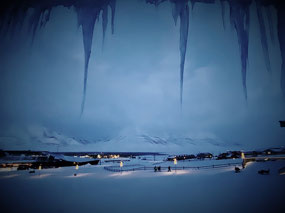
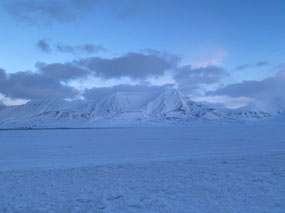
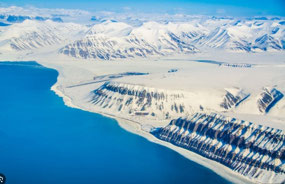
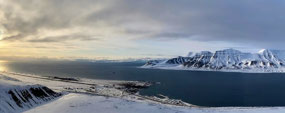
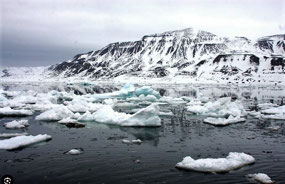
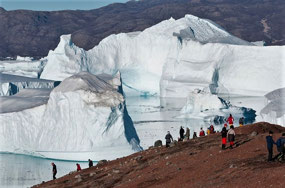
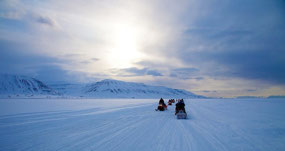
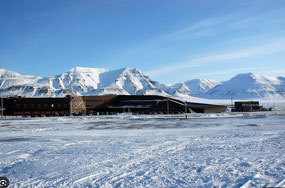
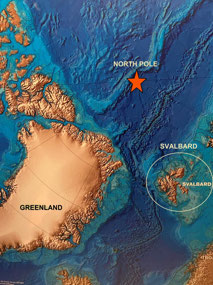


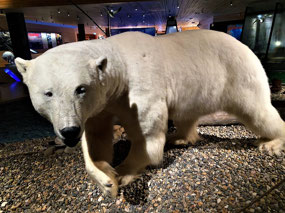
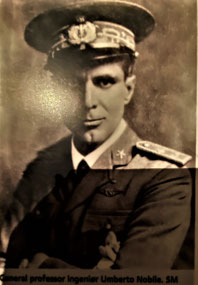
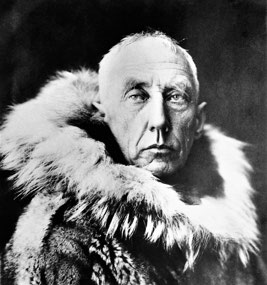
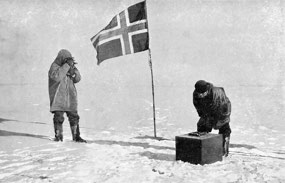
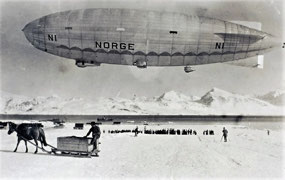
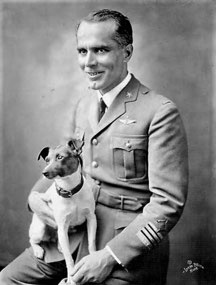
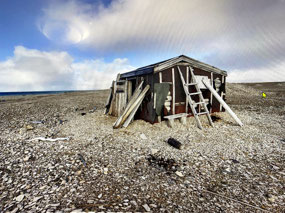
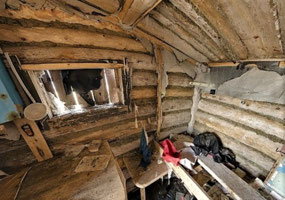
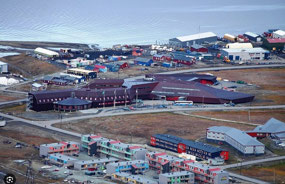
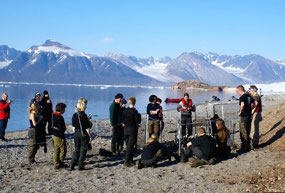
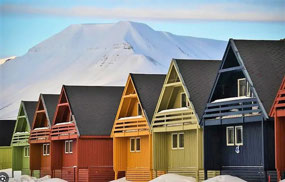
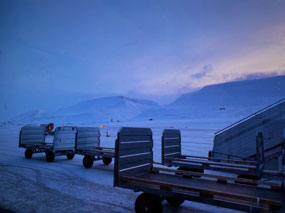








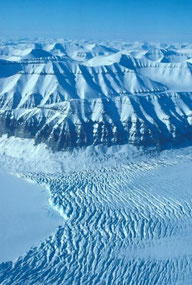
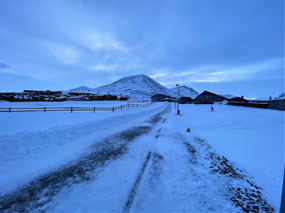
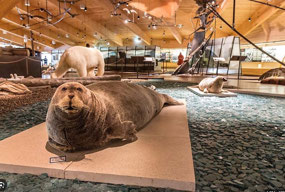
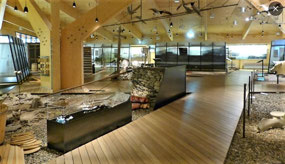
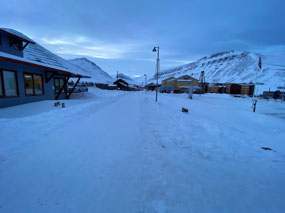
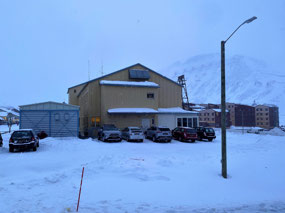
2025-05-22